Understanding Concepts
Everything You Need To Know About Flipped Classrooms
- Dec 15, 2021
- 0
- 2445
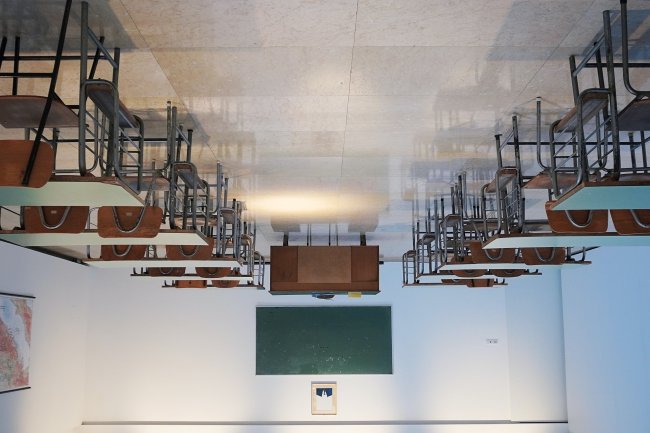
As the world of education evolves, a bunch of new concepts have started cropping up - flipped classrooms being one of the most recent. Such classrooms upend the traditional learning experience by encouraging student-led active learning. Typically in a traditional classroom, teachers bear the sole responsibility of imparting information to the students. But in a flipped classroom, students are given immediate access to learning material, and the teacher will function as a guide.
This means that students will be asked to review recorded lectures and presentations at home. If they have any questions, they can clarify it with their teachers in class. Hence, classrooms are reserved for group discussions, interactive projects, peer-review and open time for individual assignments. This allows teachers to zoom in on the application and deeper processing of learning information.
Flip Your Classroom With These Three Tips -
Changing the entire structure of your classroom might sound like an intimidating endeavour, but it isn’t very hard if you know what you’re doing. If you're ready to start using the flipped learning method, here are the steps you need to follow-
1. Choose Your Technology
Select technology and tools that can best assist you in filming, producing, and sharing your videos. You'll also need to pick a hosting service and figure out how your students will get access to your learning material.
2. Produce Videos and Content
Keep things short and simple when it's time to film. Since you won't have to worry about classroom management, you'll be happy to realise that what used to take 15 minutes to cover in a lecture, can be fit into a five-minute video.
3. Keep Your Students Engaged
Remember that the success of your flipped learning strategy is contingent on student participation. Adding mini-quizzes at the start of a course is one way to do this. These will assist you in determining who completed their homework, who did not, and who requires assistance.
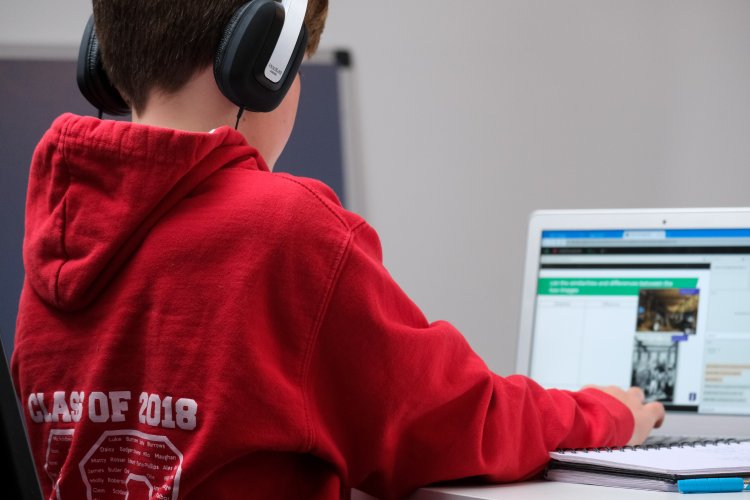
Benefits of Flipping Classrooms
Interaction takes utmost precedence in a flipped classroom, which is very helpful for those who get easily distracted. Here, students already have a basic understanding of the subject, as they would have reviewed the learning material at home. So during class time, they are able to dig deeper into the learning content and clarify their doubts. As a teacher, you can learn about the issues that students face and which areas to focus your efforts in. For students who are comfortable with the learning topic, you can give them more assignments to work on.
Disadvantages of Flipping Classrooms
For students who struggle with self-discipline, the beginner approach of flipped learning might be a disadvantage. Watching a lecture online and simply absorbing what the teacher says might not be enough. In addition to this, some students may not have the necessary equipment for online learning. This makes it difficult for them, as they don’t have easy access to technological gadgets, working speakers, or a stable internet connection.
Although flipped learning saves both the teacher's and student’s time in the long run, establishing your first flipped course takes quite a bit of time and effort - given that you have to create all your learning material from scratch. The transition from a passive to an active learning style will also be a challenge for students to accept and appreciate. However, if your students are tech-savvy, adaptive, and driven, then flipped learning is the way to go. It can help your students maximise their time, while giving them a chance to apply concepts and understand better.
Add Comment
Related Blogs
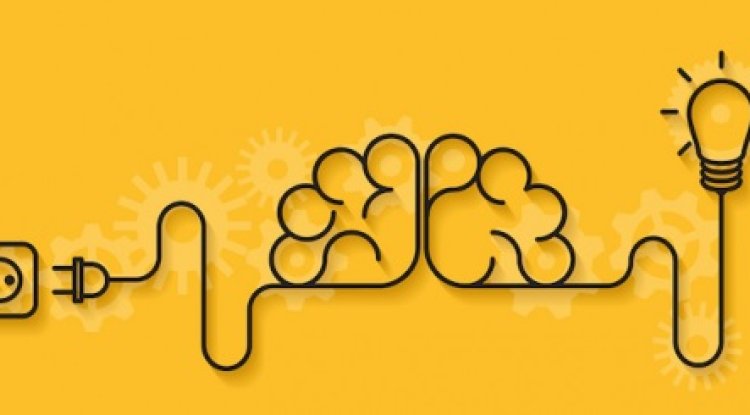
Understanding Concepts
Teacher's Guide To Implement Concept-Based Learning In 4 Steps
- James Coop...
- Mar 28, 2022
- 0
- 3747
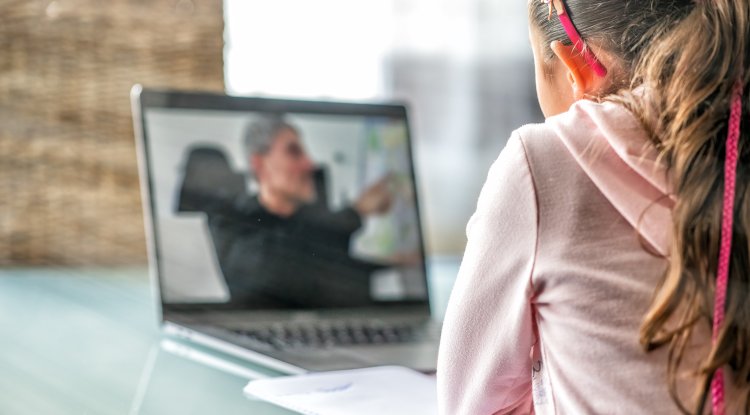
Understanding Concepts
5 Tips To Get Started With The Hybrid Learning Model
- James Coop...
- Jan 5, 2022
- 0
- 2055
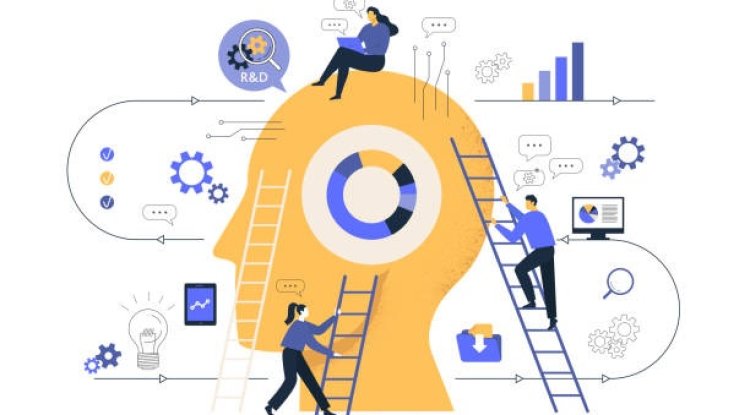
Understanding Concepts
4 Reasons Why Skill-Based Learning Is Important For Students
- James Coop...
- Mar 14, 2022
- 0
- 10976
Popular Blogs

Tips for Educators
3 Tips To Apply Classical Conditioning In Classrooms
- Natasha Di...
- Apr 25, 2022
- 0
- 21475

Understanding Concepts
4 Reasons Why Skill-Based Learning Is Important For Students
- James Coop...
- Mar 14, 2022
- 0
- 10976

For Parents
Everything You Need To Know About STEAM Education As A Parent
- James Coop...
- Mar 1, 2022
- 0
- 10755










